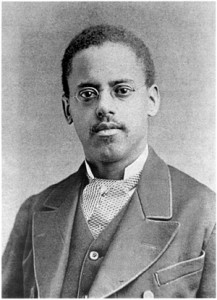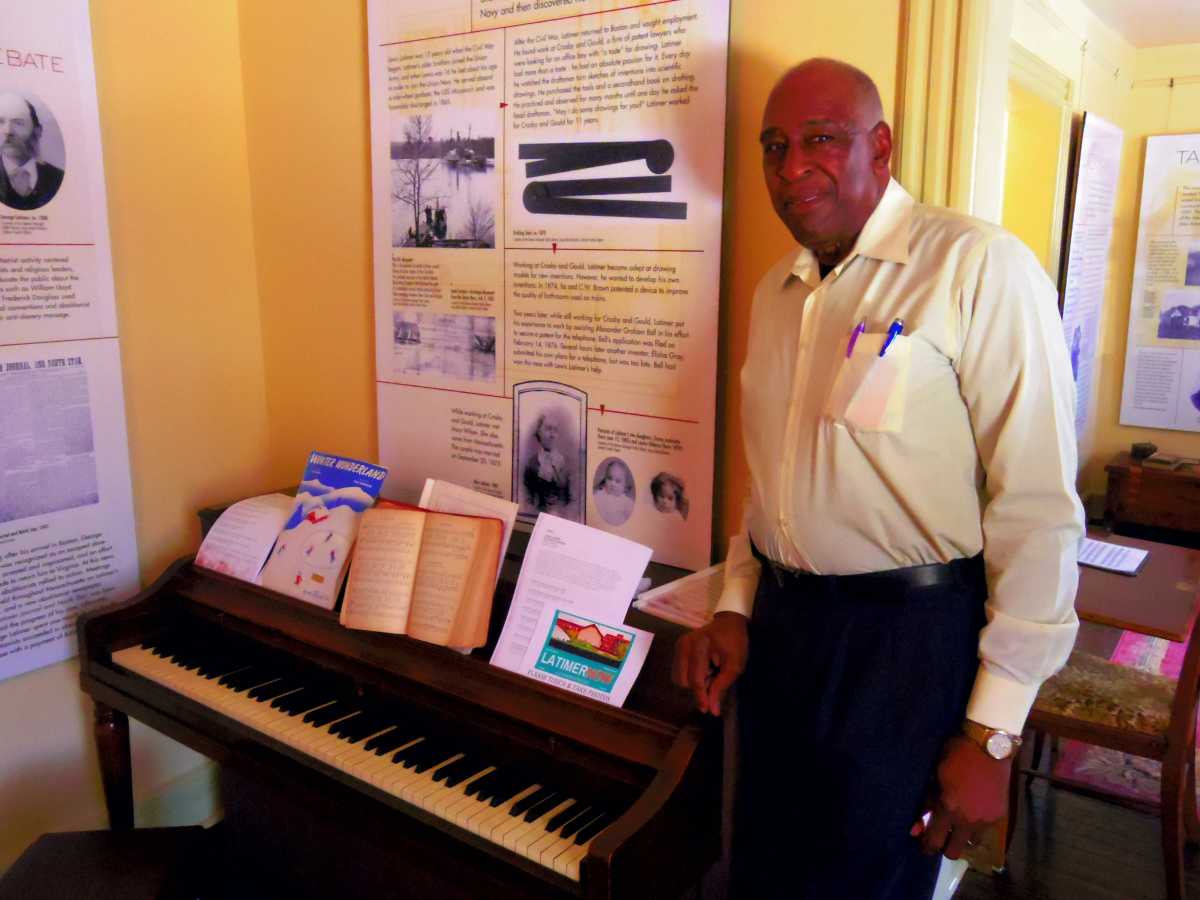Anarchy is the word of the day at the historic Latimer House in Flushing, where the African-American inventor Lewis H. Latimer lived in the early 20th century.
“We’re embarking on an experiment here where we let people touch and interact with the historic displays. That’s why we’re calling it an experiment in anarchy,” said Monica Montgomery, director of the historic house. “When people are being killed on our streets, we want people to come here and grieve and explore ideas for social justice. And celebrating Black History Month is a great way to begin that.”
On Friday, Parks Department officials and representatives of New York City’s historic houses met at the Latimer House to celebrate Black History Month and receive a check for $100,000 from the Historic House Trust, a public charity organization that runs a network of the 23 historic house museums across the city. The Latimer House will receive $5,000 from the check.
Latimer lived in the Flushing house from 1903 until he died in 1928. The son of runaway slaves, Latimer is known for his work with Alexander Bell in creating the first practical telephone, and he is an inductee of the National Inventors Hall of Fame.

“A lot of the remembrance during Black History Month surrounds this idea of oppression and negativity, but I want people to see that black people have invented things and contributed to our society,” Montgomery said. “So it’s very important for us to remember Lewis’ story as an inventor overcoming obstacles.”
The Latimer House stands as a monument to Latimer’s work and many of his items, like a piano, are on display. Until recently, visitors were prohibited from touching historic items, much like at most museums. But the Historic House Trust, which provides funds to the house, decided to try a new model with the Latimer House by loosening the rules.
“The project, Latimer Now, is meant to engage more with the community and become more than just a sleepy house with dusty items,” Montgomery said.
Frank Vagnone, executive director for the Historic House Trust, said the project is meant to change the way people look at museums. In the fall, they plan on publishing a book called “The Anarchist Guide Process” that will outline methods for museums to change their model into a more engaging institution.
“We want anarchy,” he said. “So go ahead, play on Latimer’s piano, touch his tobacco pipe.”
Along with the hands-on approach to museums, Montgomery launched the “Unconquerable” initiative, referencing a poem by Latimer, a man who was born at a time of slavery, lived to see the Civil War and contributed much to America’s industrial period.
“This house was a salon during Latimer’s lifetime,” Montgomery said. “And we’re bringing that back. We’ve started to have gatherings here where people discuss the problems of our times and try to figure out solutions. That’s Latimer’s legacy.”
RECOMMENDED STORIES


































